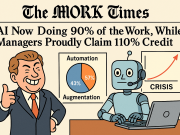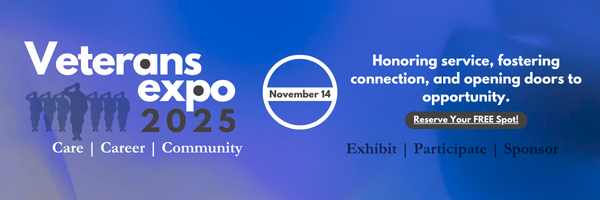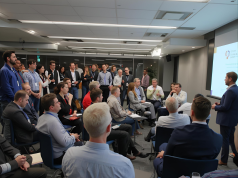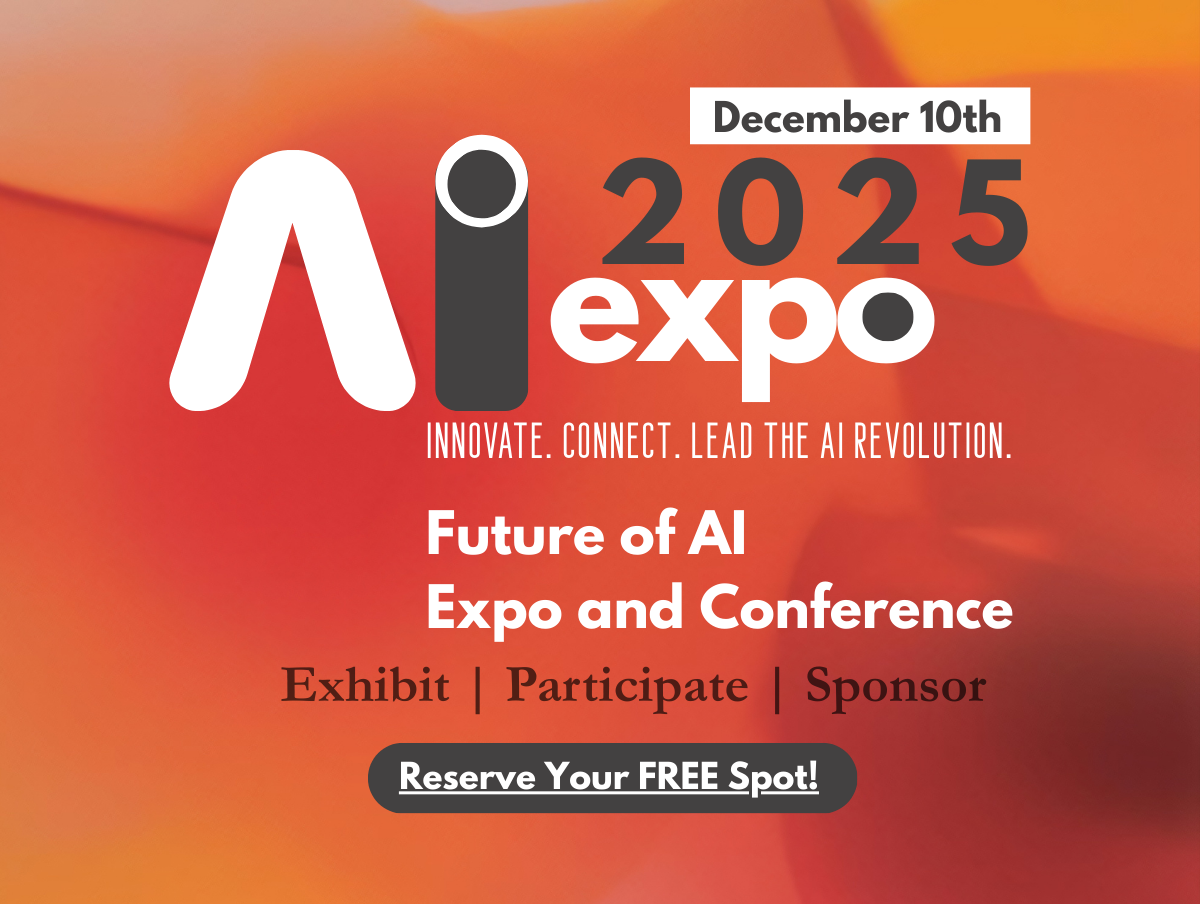As organizations strive to create more diverse and inclusive workforces, traditional hiring models often act as barriers to uncovering hidden talent. Conventional recruitment strategies tend to prioritize educational credentials, past job titles, and standardized test scores, inadvertently filtering out capable individuals from non-traditional backgrounds. The Human Adaptability and Potential Index (HAPI) is revolutionizing talent evaluation by shifting the focus from rigid criteria to adaptability, resilience, and long-term potential. By doing so, HAPI is helping organizations dismantle biases and build inclusive talent pipelines.
The Flaws of Traditional Hiring and Talent Development
Many companies still rely on outdated talent evaluation systems that emphasize historical performance rather than future potential. These models present several challenges:
- Credential Bias: Overemphasis on degrees and certifications excludes self-taught professionals and those from alternative education pathways.
- Experience Over Ability: Preference for past job titles rather than problem-solving skills and learning agility.
- Standardized Testing Pitfalls: IQ and technical exams often fail to capture real-world adaptability, creativity, and teamwork.
- Network-Driven Recruitment: Referral-based hiring inadvertently favors well-connected candidates over highly capable but underrepresented individuals.
These systemic barriers disproportionately affect individuals from minority backgrounds, career changers, and those who have developed skills through non-traditional routes such as freelancing, boot camps, or self-directed learning.
How HAPI Eliminates Bias in Talent Identification
HAPI shifts the focus from who candidates are on paper to how they respond to real-world challenges. It evaluates human potential through five core dimensions, creating a dynamic and forward-looking workforce assessment:
- Cognitive Adaptability – Assesses how quickly candidates learn new information, solve problems, and adapt to evolving work environments.
- Emotional Resilience – Measures the ability to handle stress, remain motivated, and persist through challenges.
- Behavioral Flexibility – Evaluates the willingness to embrace new methodologies, adapt to feedback, and innovate.
- Social Adaptability – Identifies collaboration skills, cultural intelligence, and effectiveness in diverse teams.
- Growth Trajectory – Predicts long-term development potential based on a candidate’s demonstrated ability to acquire new skills over time.
By analyzing these dimensions, HAPI provides organizations with a bias-free, data-driven approach to identifying high-potential talent beyond traditional credentials.
The Business Case for Inclusive Talent Pipelines
Emphasizing adaptability and growth potential over rigid qualifications not only fosters greater inclusivity but also delivers tangible business benefits:
- Improved Innovation: Diverse teams with varied perspectives drive greater creativity and problem-solving capabilities.
- Stronger Employee Retention: Candidates identified through adaptability-focused hiring show higher job satisfaction and long-term engagement.
- Expanded Talent Pool: Organizations unlock previously overlooked talent, filling skill gaps more effectively.
- Enhanced Organizational Agility: Employees with high HAPI scores are more capable of handling technological disruptions and evolving job roles.
Real-World Applications: HAPI in Action
Forward-thinking companies are already leveraging HAPI to redefine hiring, upskilling, and workforce planning. Some notable implementations include:
- Tech Sector: A global software firm used HAPI to identify high-potential programmers from unconventional backgrounds, leading to a 35% increase in successful hires from non-traditional candidates.
- Healthcare Industry: A major hospital network incorporated HAPI assessments to transition administrative staff into high-demand medical tech roles, reducing external hiring costs by 20%.
- Government Reskilling Programs: A national workforce initiative applied HAPI to train and place mid-career workers in emerging industries, significantly increasing employment rates in automation-impacted regions.
Implementing HAPI to Foster Inclusive Hiring
To maximize the benefits of HAPI, organizations can take the following steps:
- Redefine Hiring Criteria: Move away from credential-based hiring and integrate adaptability assessments into recruitment workflows.
- Embed HAPI into Employee Development: Use HAPI insights to create personalized learning paths and career progression strategies.
- Train Hiring Managers on Bias Reduction: Equip recruiters with data-driven evaluation tools to focus on potential rather than pedigree.
- Monitor Diversity Metrics: Track improvements in hiring diversity and workforce adaptability over time to measure impact.
The Future of Workforce Inclusion with HAPI
The global job market is rapidly changing, and companies that prioritize adaptability will lead the way in workforce transformation. HAPI represents a paradigm shift in talent evaluation, moving from exclusionary practices to a dynamic, equitable approach that recognizes and nurtures human potential. By integrating HAPI, businesses can create more inclusive talent pipelines, unlock hidden potential, and future-proof their organizations for long-term success.
Download the HAPI Whitepaper to discover how you can build a more inclusive, future-ready workforce today.





























